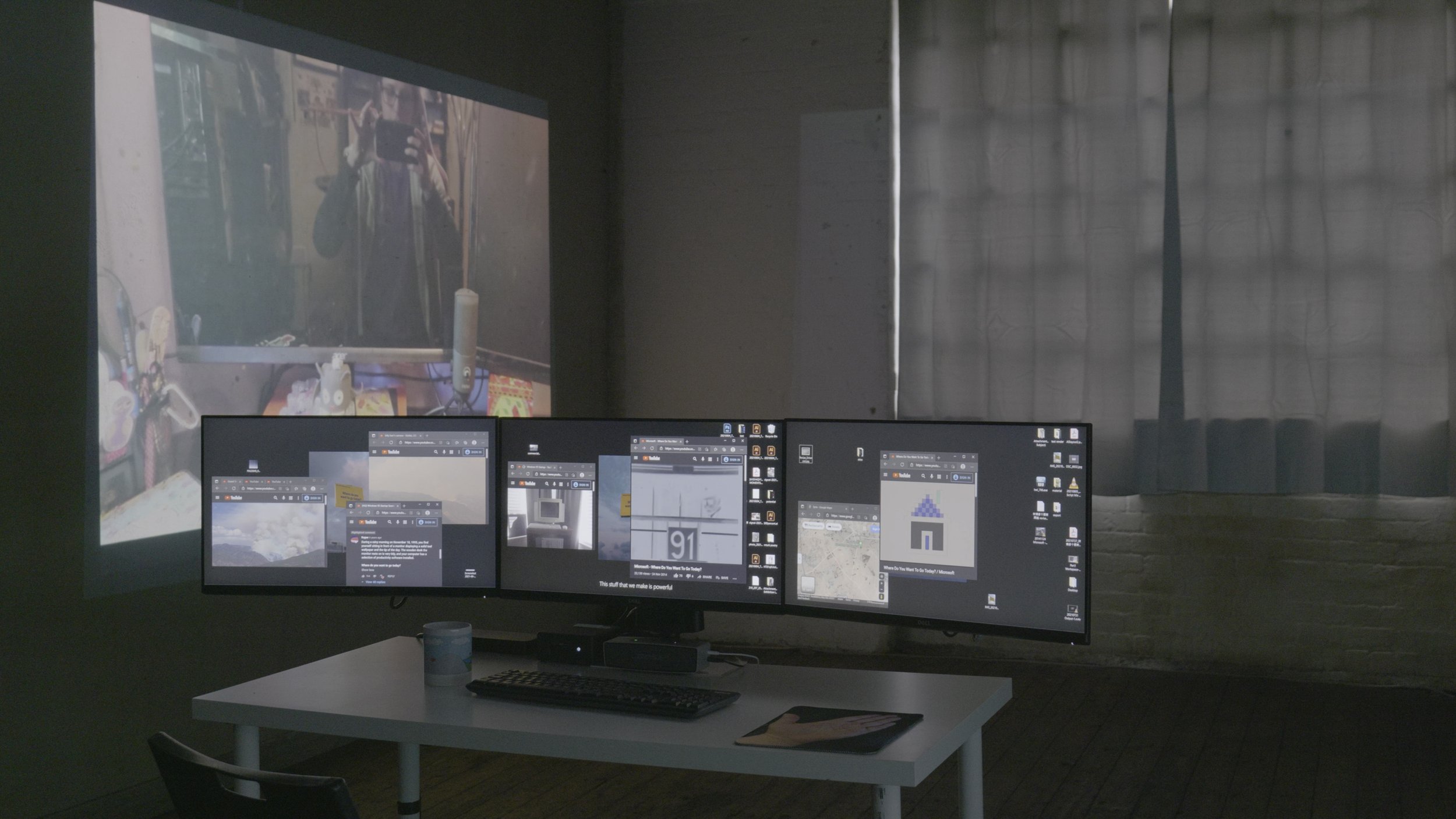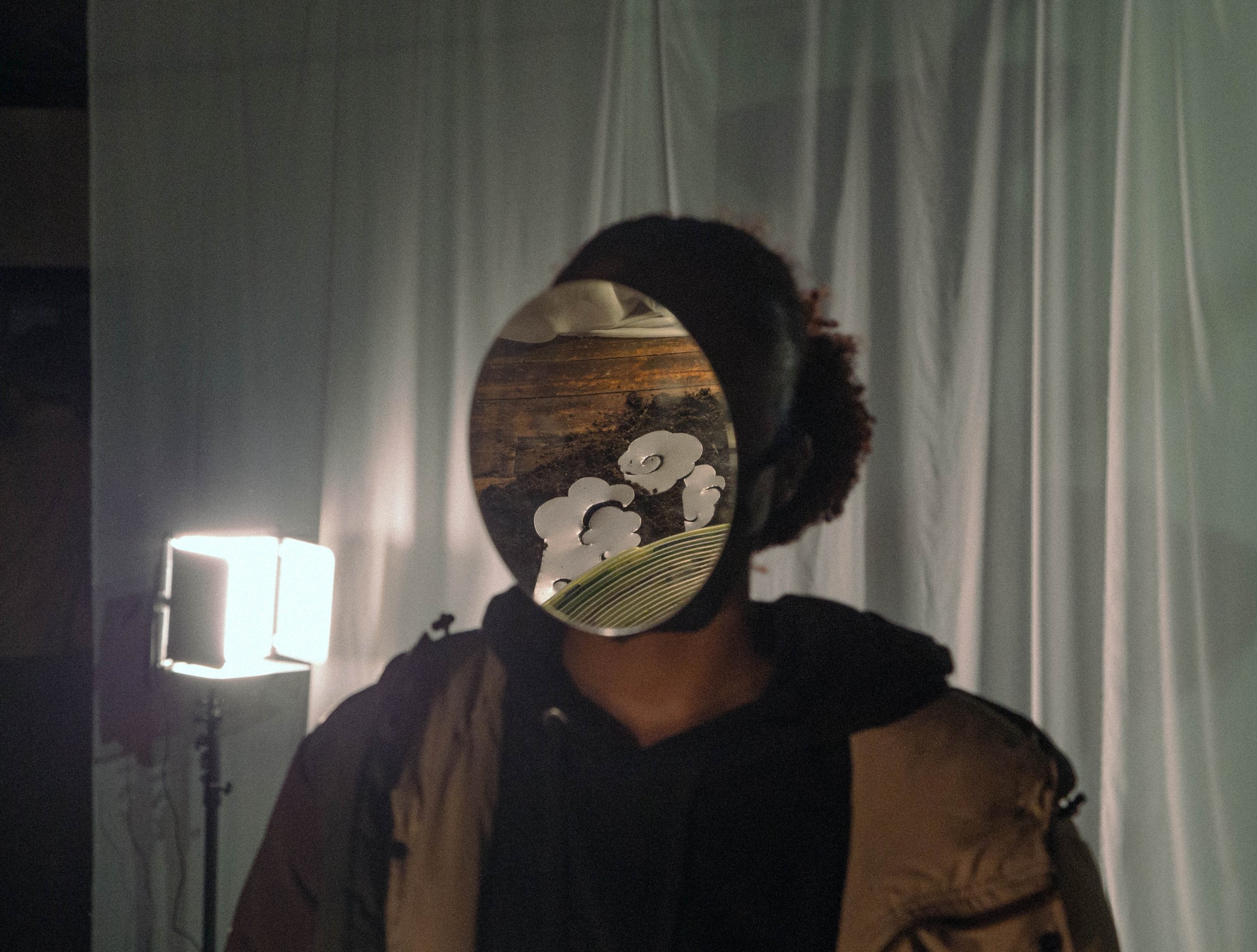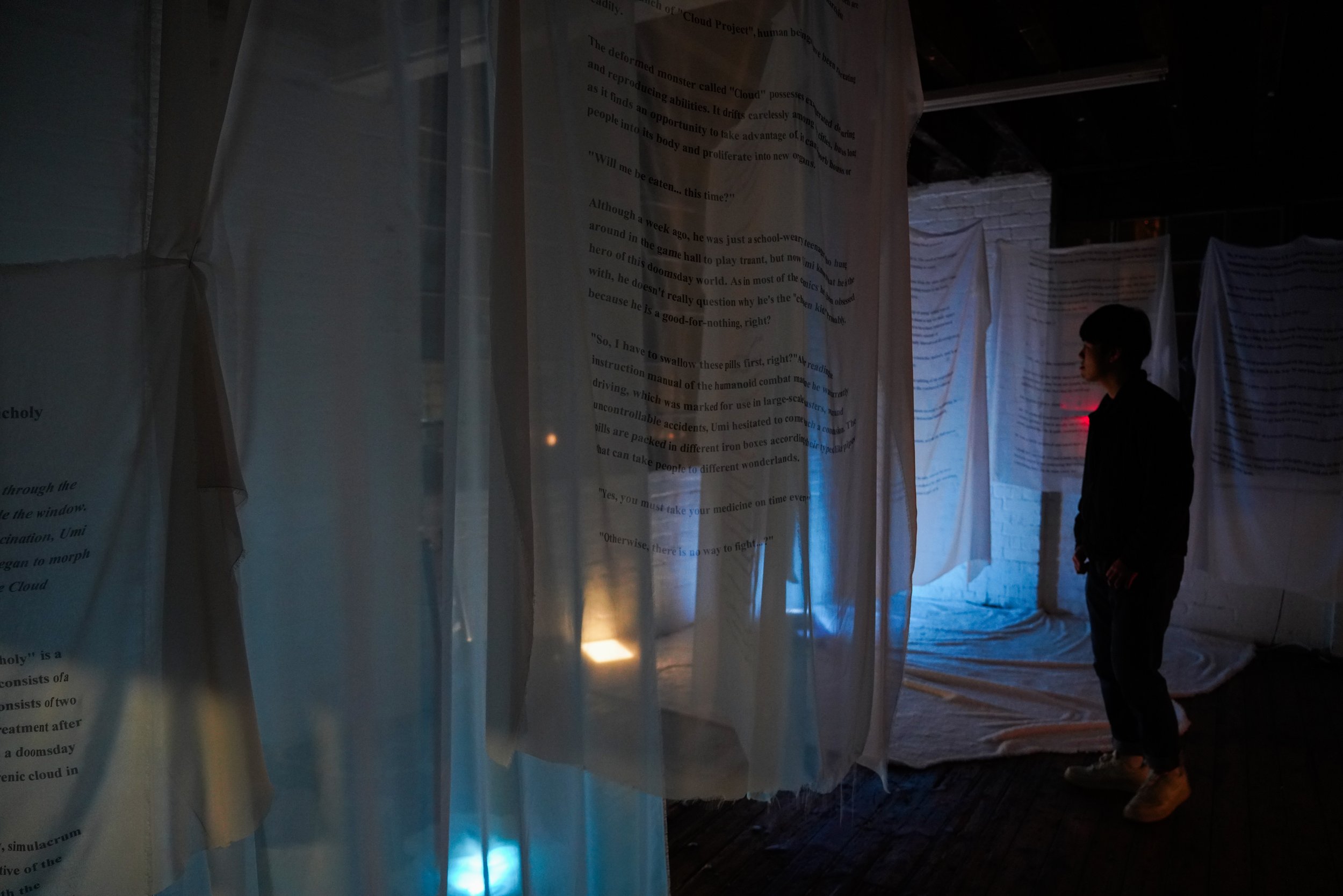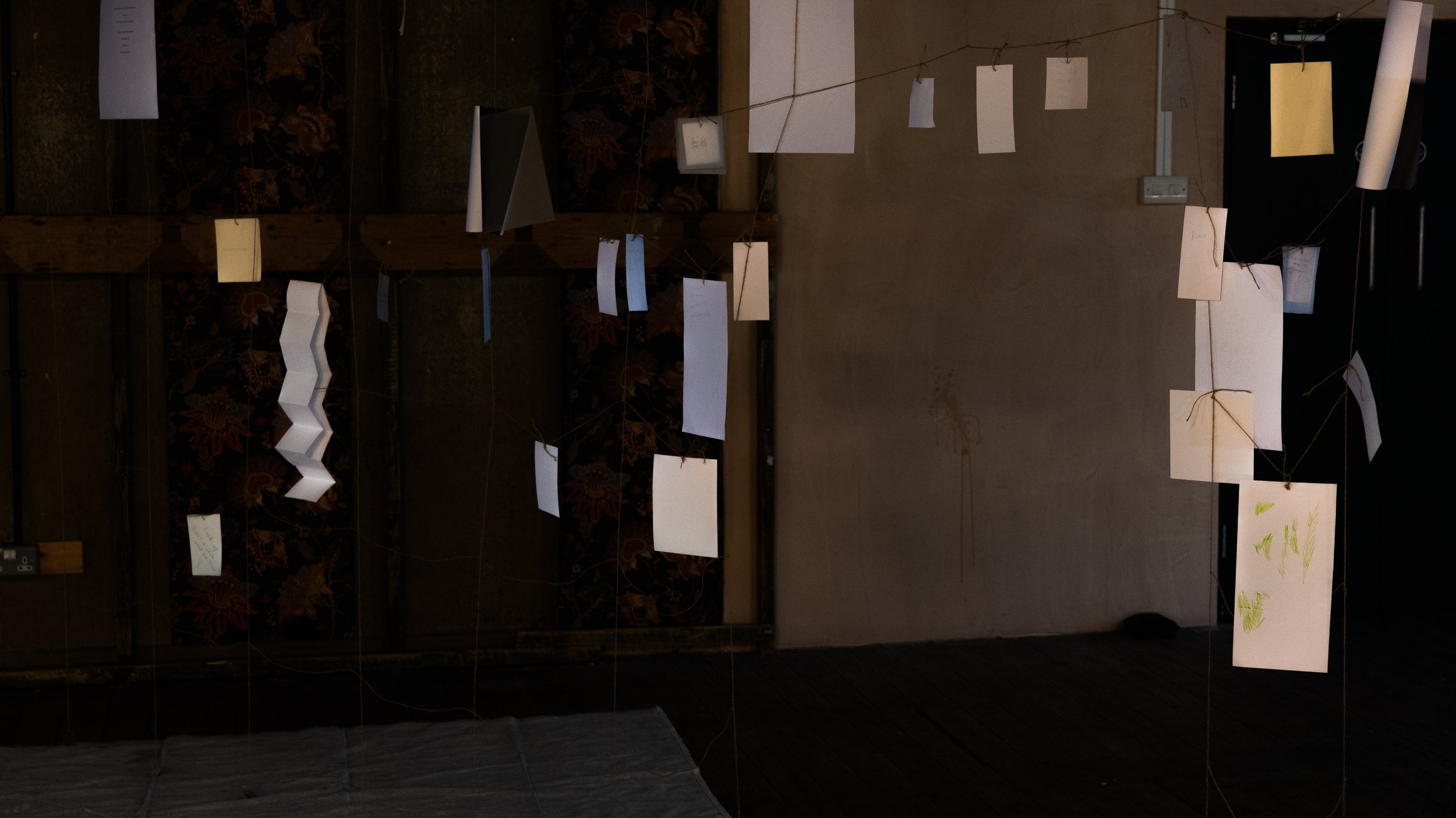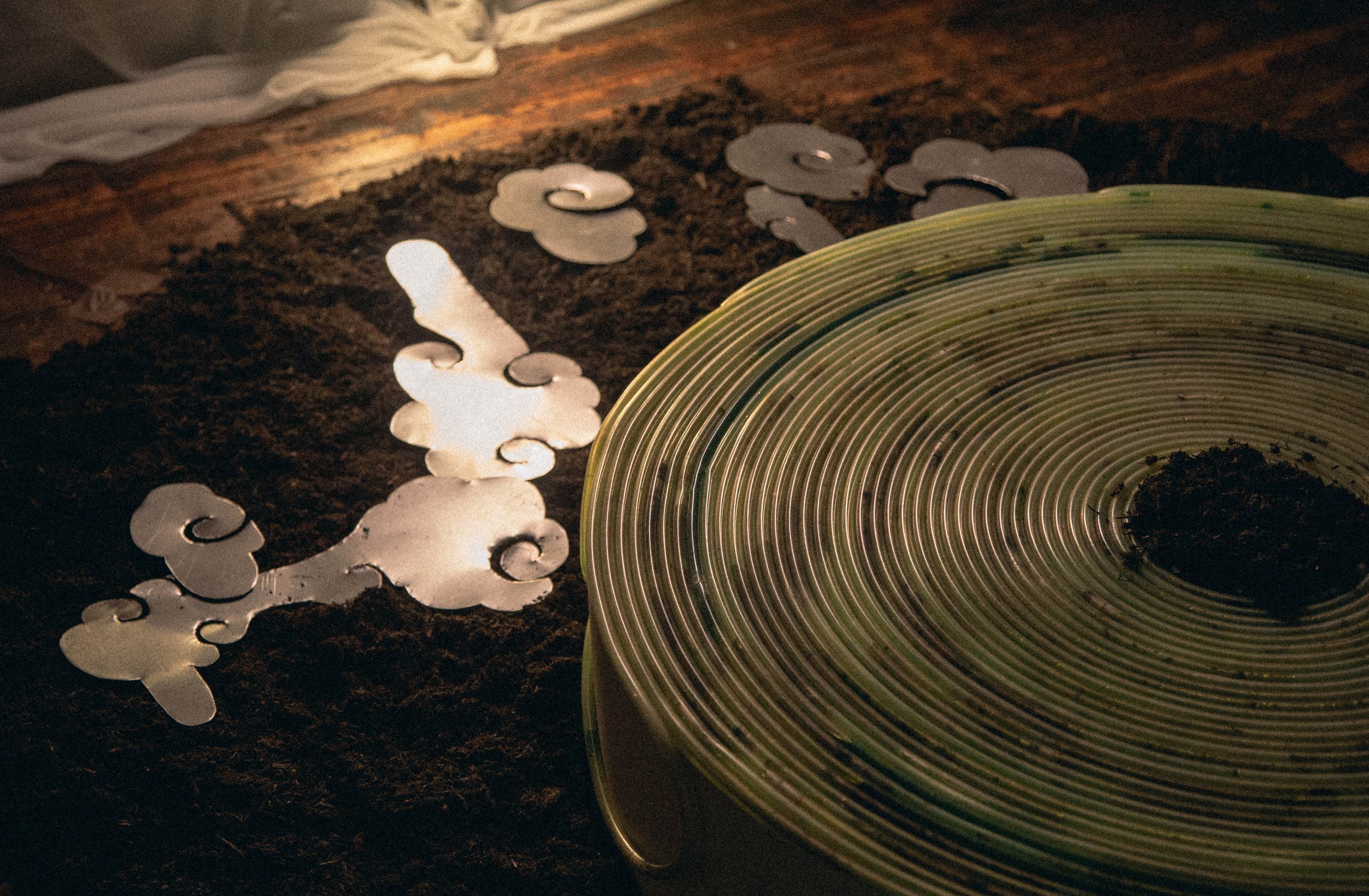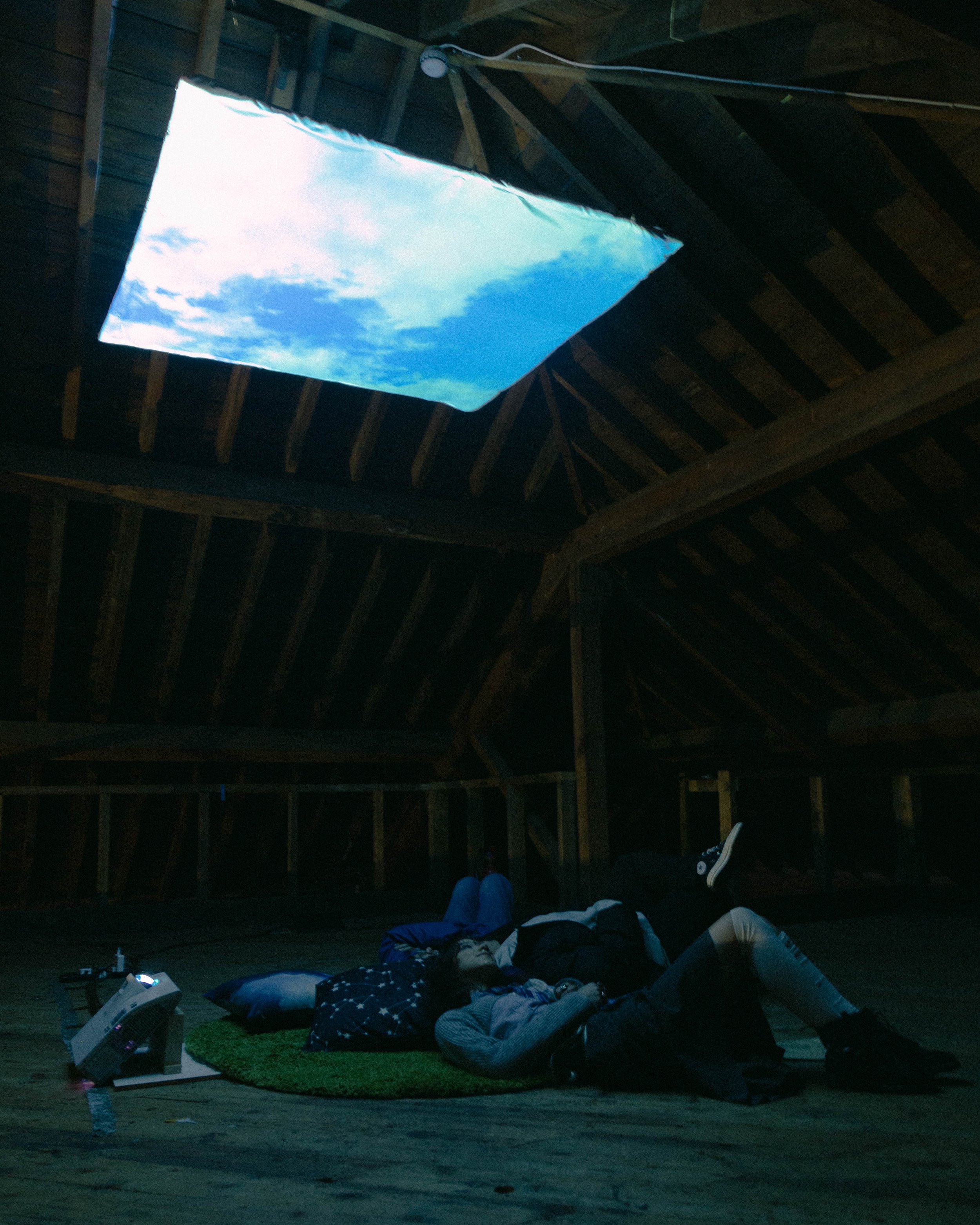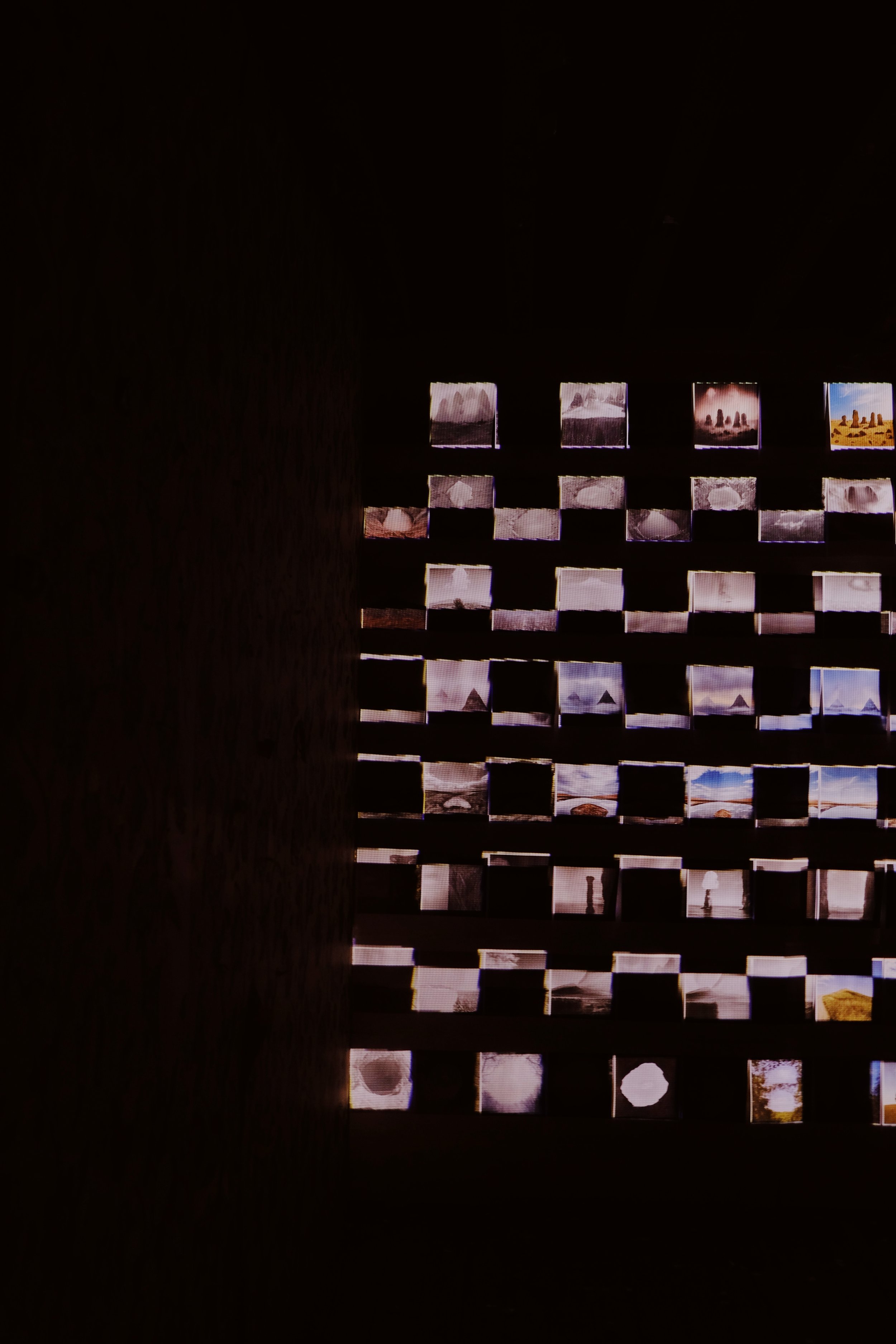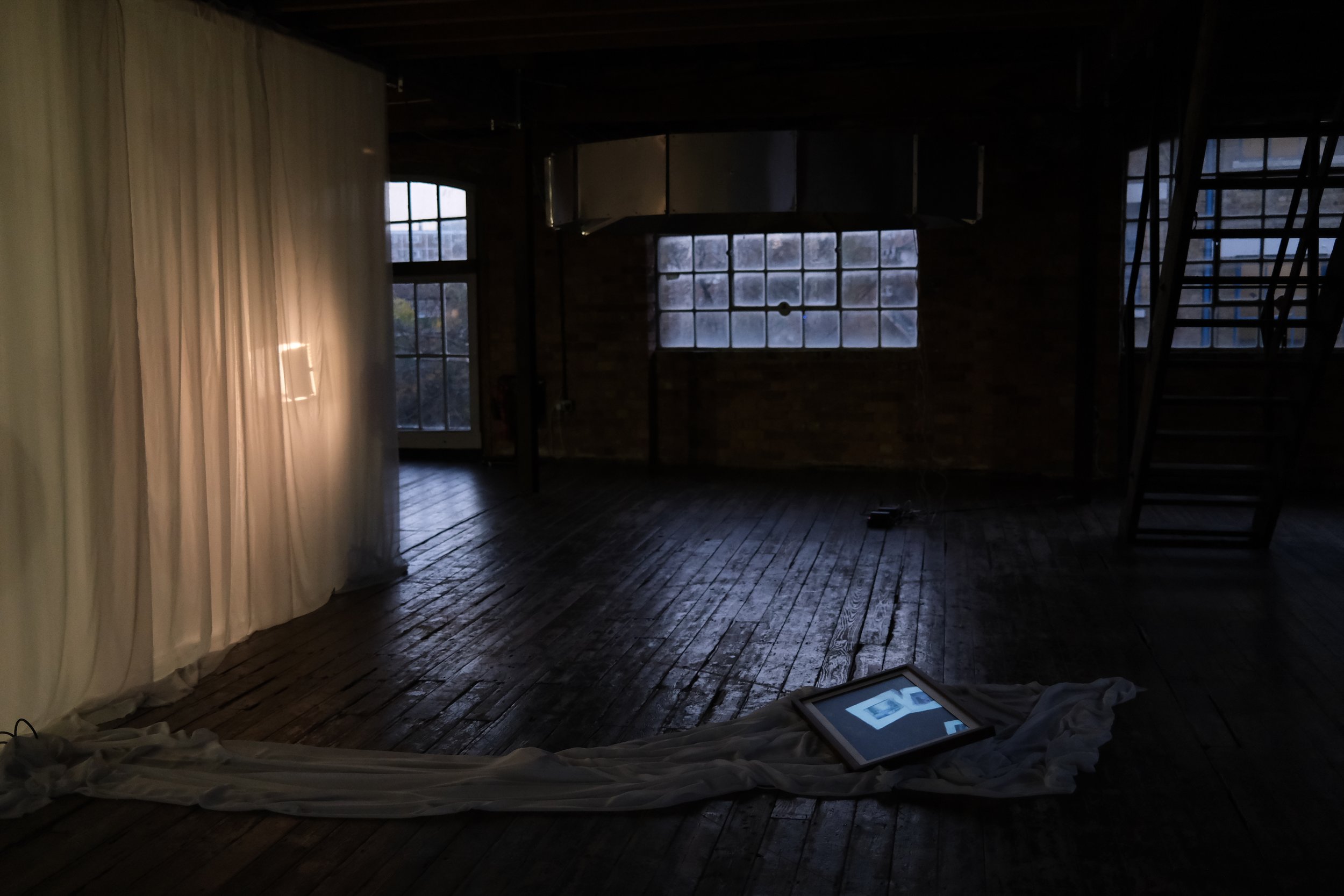intro
Chang Chan, an independent curator based in Macao and London, graduated from King's College London with a Master degree in Arts and Cultural Management.
Before starting her curating career, Chang had several years of professional experience in banking and art education and an academic background in Psychology and Business Management. Her personal experience drags her attention to the increasingly common psychic and existential crises of the subject of contemporary neoliberal capitalism. She attempts to use curating as a means of intervention, raising questions and exploring the possibilities of healing through art.
works
Chang's recent curatorial projects include Dwelling On the Cloud in London, which featured the work of 23 artists from around the world. Her first exhibition in Macao, The Secret of the Golden Flower, was selected into the Local Curatorial Project for the Art Macao: Macao International Art Biennale 2023. In 2024, she was appointed as the curator of the Above Zobeide, Exhibition from Macao, China, a Collateral Event of the 60th International Art Exhibition - La Biennale di Venezia.
Curatorial Projects
2024
2023
2022
2024
The Moon Only Uses The Window
Whispers Of The Unseen
2025
2025
Above Zobeide
Italo Calvino’s Invisible Cities relates the story of Zobeide and its founding.
Men of various nations each dream an identical dream of a naked woman running through an unknown city. Pursuing but losing the woman, when they wake up they search for the city but cannot find it again. Together they resolve to re-build the city, altering their respective pursuits of the woman so that next time she will not elude them. Zobeide, like so many places established through processes of colonisation and globalisation, is a city of desire.
Growing up in Macao, a city developed by waves of ‘foreigners’ from various nations, Wong Weng Cheong constructs a kind of weird pastoral analogue to Calvino’s dream urbanism in his art. Wild and domesticated at once, the sole inhabitants of his landscapes are mutant herbivores with freakishly elongated legs that keep their bodies away from the grassland, their sole food source. Their dysfunctional bodies strive skyward like a living contradiction. Traces of human activity can be seen everywhere in the landscape, indicating the tight bond between civilisation and mutation. Cameras are placed in the scene, as if to monitor, record and study every detail. The visitor becomes a part of the scenario captured by the camera; the viewing subject becomes the object observed. The identity of the viewer as an ‘outsider’ becomes integral to the world viewed.
Wong constructs a landscape of the mind that alludes to the proliferating psychic, physical and existential displacements of our time. At the same time his work is attuned to the implications of the title of the 60th La Biennale di Venezia: ‘Foreigners Everywhere’. Above Zobeide locates itself amid the ubiquitous ‘inclusive exclusions’ (in Giorgio Agamben’s phrase) faced by the subject of mass migration both within and across borders, territories and cultures. In Above Zobeide, the virtual and the actual coexist without any clear border, the citizen and the stranger at once demarcated and indiscernible. As such, the location ‘Above Zobeide’ constitutes what Roland Barthes theorised as an atopia: a site that cannot be described, classified or compared -- somewhere completely Other. It is a world above any ‘real’ city whatsoever, a place that continuously appears to be within reach yet continually withdraws from us. A place where everyone and no one really belongs.
In a journey of self-exploration and self-projection whose dimensions and scope continue to evolve, the artist has been creating this series of works since 2018. A refuge in which to withdraw and shelter from reality, at the same time it registers intense external pressures. Above Zobeide carries this work further into self-analysis. Wong digs up his familiar habitat, poring over and re-framing it from an impersonal perspective. Through a process of deconstruction, the self is othered. Like everyone else, the artist himself becomes a foreigner in his fictional world.








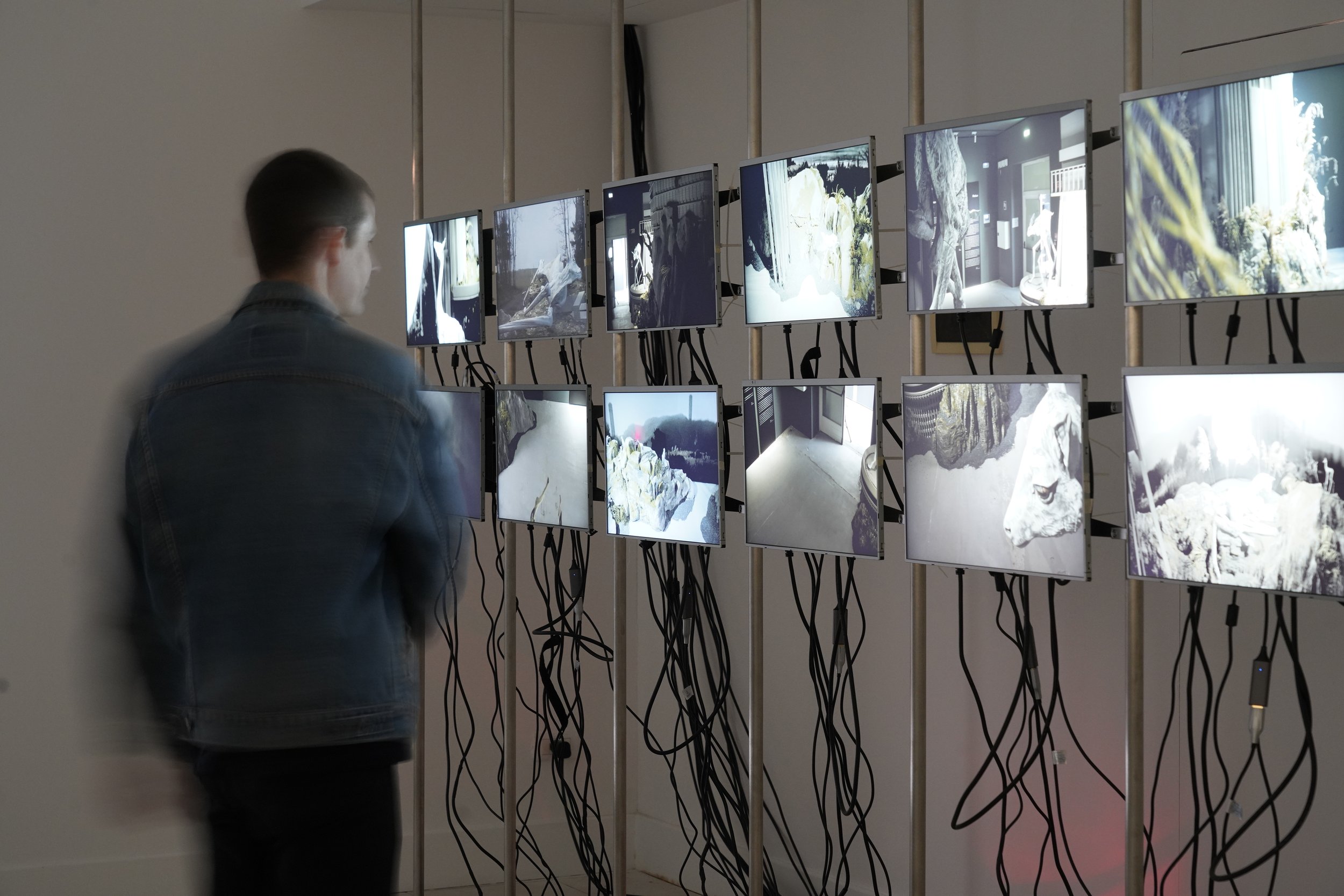


Organiser
Cultural Affairs Bureau of the Macao SAR Government, Macao Museum of Art
Artist
Wong Weng Cheong
Curator
Chang Chan
Venue
Istituto Santa Maria della Pietà, Castello, 3701, Venice, Italy
Opening period
20/4/2024 – 24/11/2024
The Secret Of The Golden Flower
Mandala, a regular geometric figure resembling the image of a full-blooming golden flower, commonly exists in religions and cultures around the world, from Buddhism, Taoism and Hinduism in the East to Christianity in the West, and even in the rituals of the American Indian. Such mandala pattern, named "Golden Flower" by psychologist Carl Jung, also appeared repeatedly in the paintings and dances of his psychiatric patients.
Through his study of the Golden Flower, Jung discovered the psychological principles concealed in Eastern religions and metaphysics, and also developed the concept of the “collective unconscious” which has profoundly influenced the discipline of psychology as a whole. He suggests that as human beings, in addition to the common anatomical structure of our bodies, which transcends racial differences, our minds also share a common base that transcends all cultural and ideological differences.
God has created humans; humans have created artificial intelligence (AI) ......Creationism is one of the countless archetypes engraved in humans’ unconscious. As studies on humans’ collective unconscious deepen, creators of artificial intelligence have discovered the secrets that make AI getting closer and closer to human beings. The unconscious of humans is being studied and learnt in the form of archetypes by AI, which in turn creates more symbolism to influence the conscious and unconscious minds of us; AI not only absorbs a large amount of recognisable information, but also transforms itself into a carrier of collective unconscious of human beings. When art, music and poetry can all be created by artificial intelligence, boundaries between reality and illusion are no longer distinguishable. The unprecedented development of technology has led us to a blossom of new Golden Flower growing out from collective unconscious of humans. When technology replaces religions and becomes a new era of faith, humans become gods and even create a new god.
Inspired by Carl Jung's book of the same title, The Secret of the Golden Flower, this exhibition explores the metaphysical proposition of human’s destiny lying in the rapid advancement of technology based on the concept of collective unconscious. Through the works of two artists, this exhibition unveils questions hidden in the development of technology. Through the lens of illusion and reality, the artists attempt to dissect this Golden Flower with the viewers. Wong Weng Cheong, a Macau artist, specialises in using computer technology in his artworks, with AI technology being his latest area of exploration. With the explosive growth of AI technology and the ubiquity of its application such as Deep Fake, Wong is concerned with the individual and collective identities behind images, as well as the emptiness behind identities. On the other hand, Lam Pok Yin, a Hong Kong artist, narrates the story from a realistic perspective. He focuses on data platform behind AI, as well as the mechanism of data generation, logic and labour relations behind it. By revealing the exploitation of grassroot workers in the chain of AI industry, Lam questions the constituents of "human" in this era. Both artists use digital images as a medium, creating a dialogue between the virtual and the reality in a small space. The illusory space created by mirrors crafts a new dimension for the exhibition in a physical sense. Through wandering between reality and illusion, the artists’ works break through the brilliant facade of such Golden Flower, giving viewers a glimpse of the mystery behind it.
Cultural Affairs Bureau
Organiser
Co-organiser(s)
Galaxy Entertainment Group; Melco Resorts & Entertainment Limited; MGM; Sands China Ltd.; SJM RESORTS, LIMITED; Wynn Macau, Limited
Chang Chan
Curator
Lam Pok Yin | Wong Weng Cheong
Artists
Albergue SCM, Calçada da Igreja de S. Lázaro, no. 8, Macao
Venue
06/10/2023 - 30/11/2023
Duration of exhibition
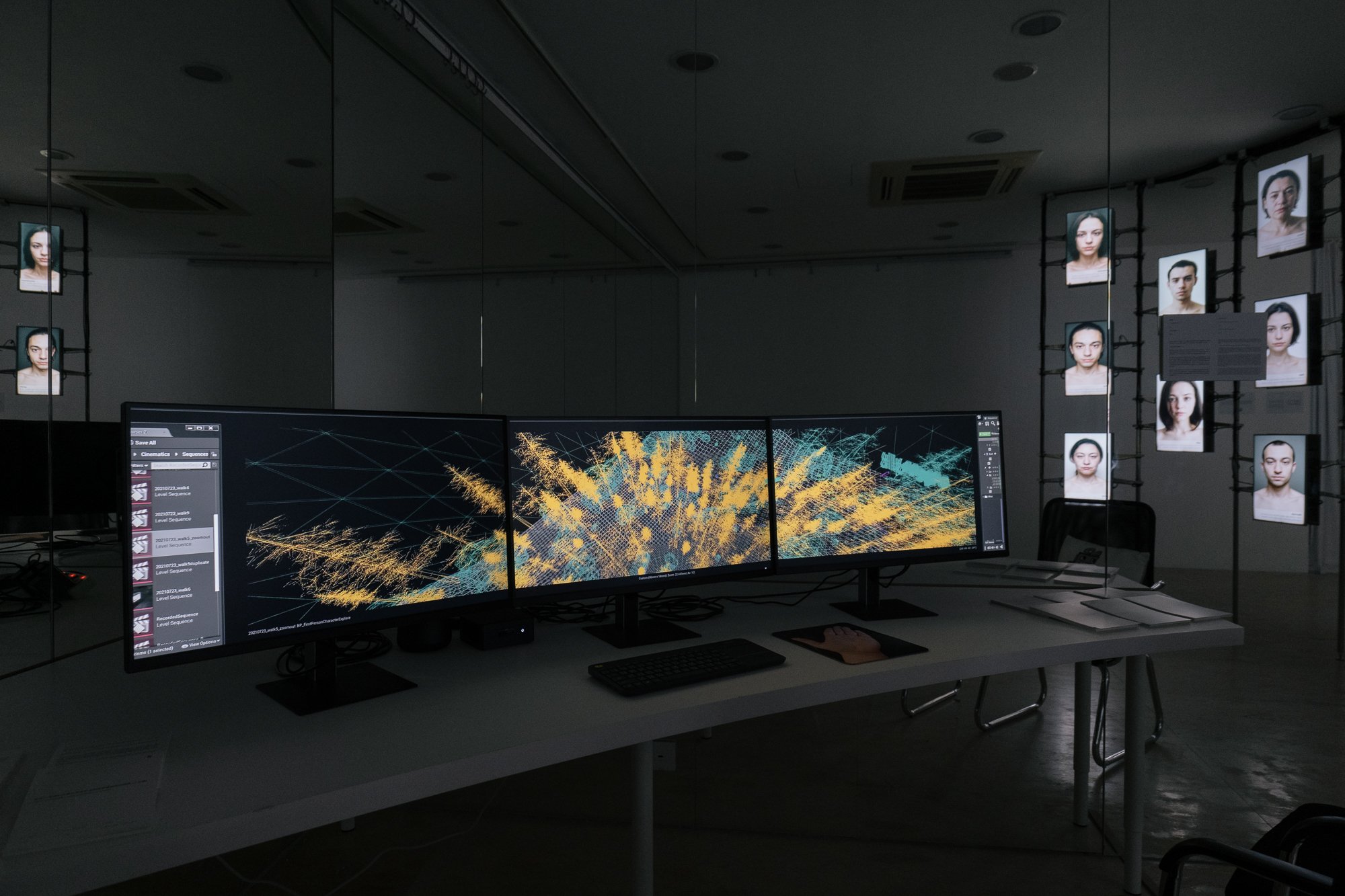
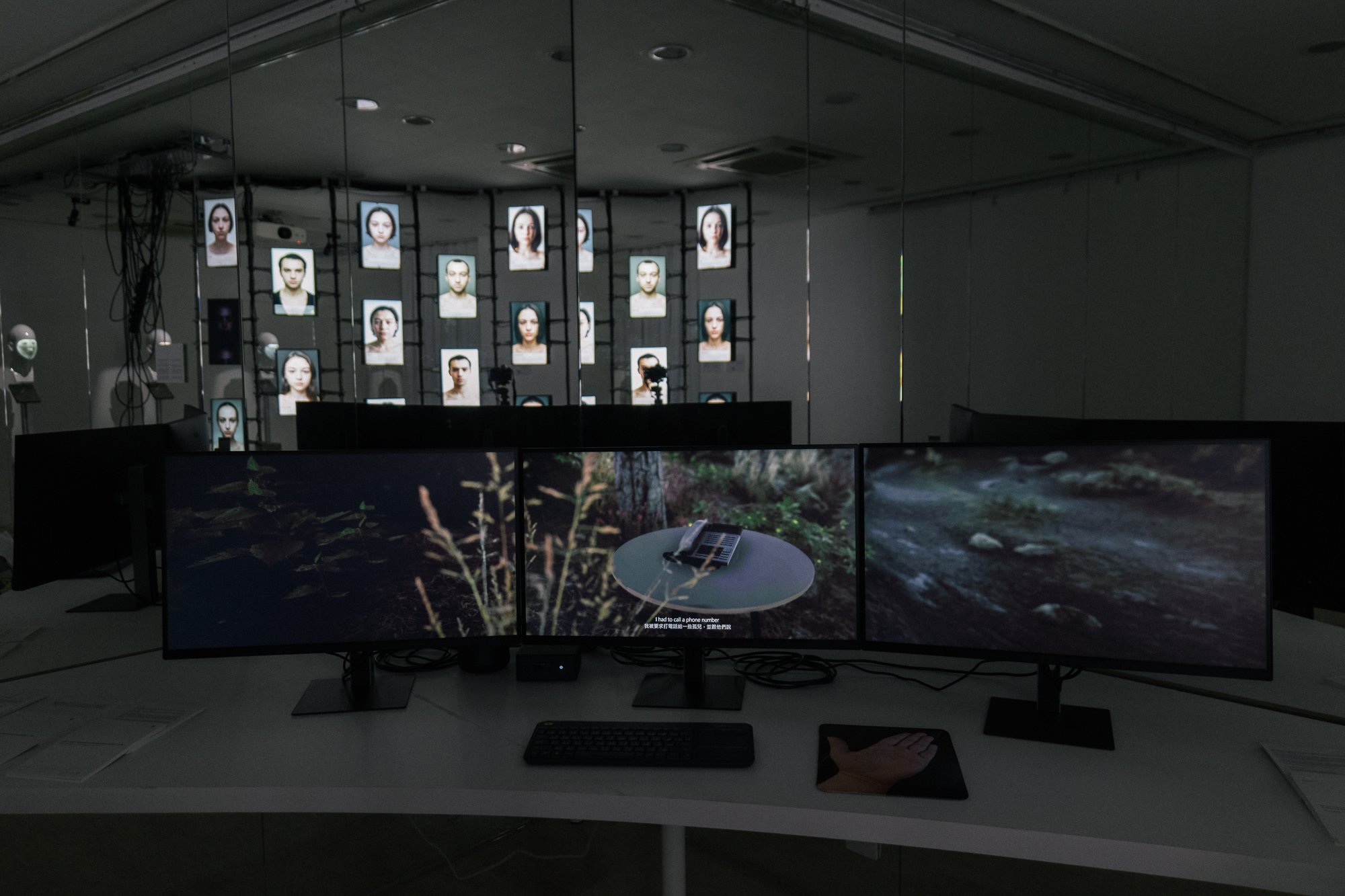



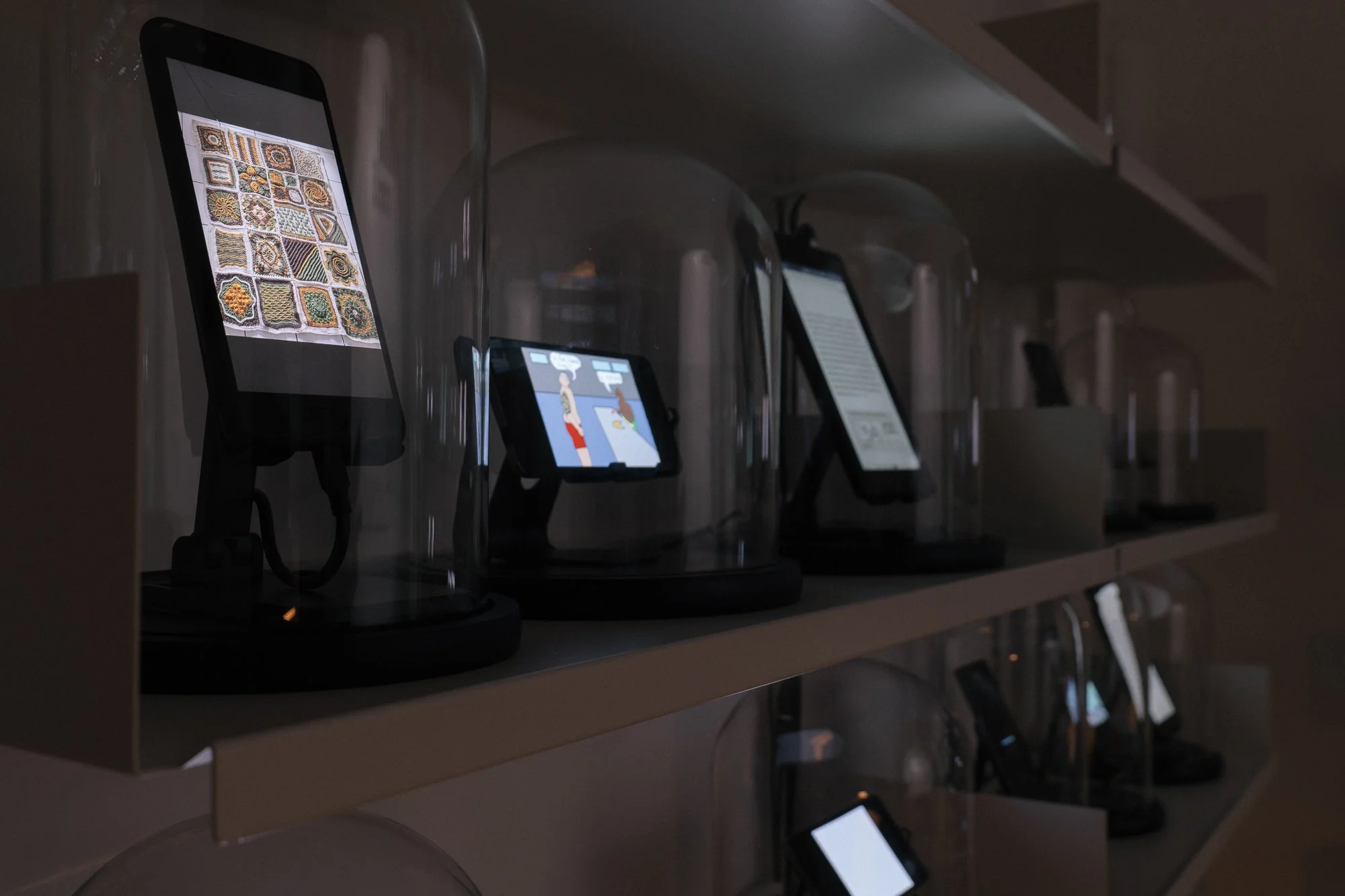

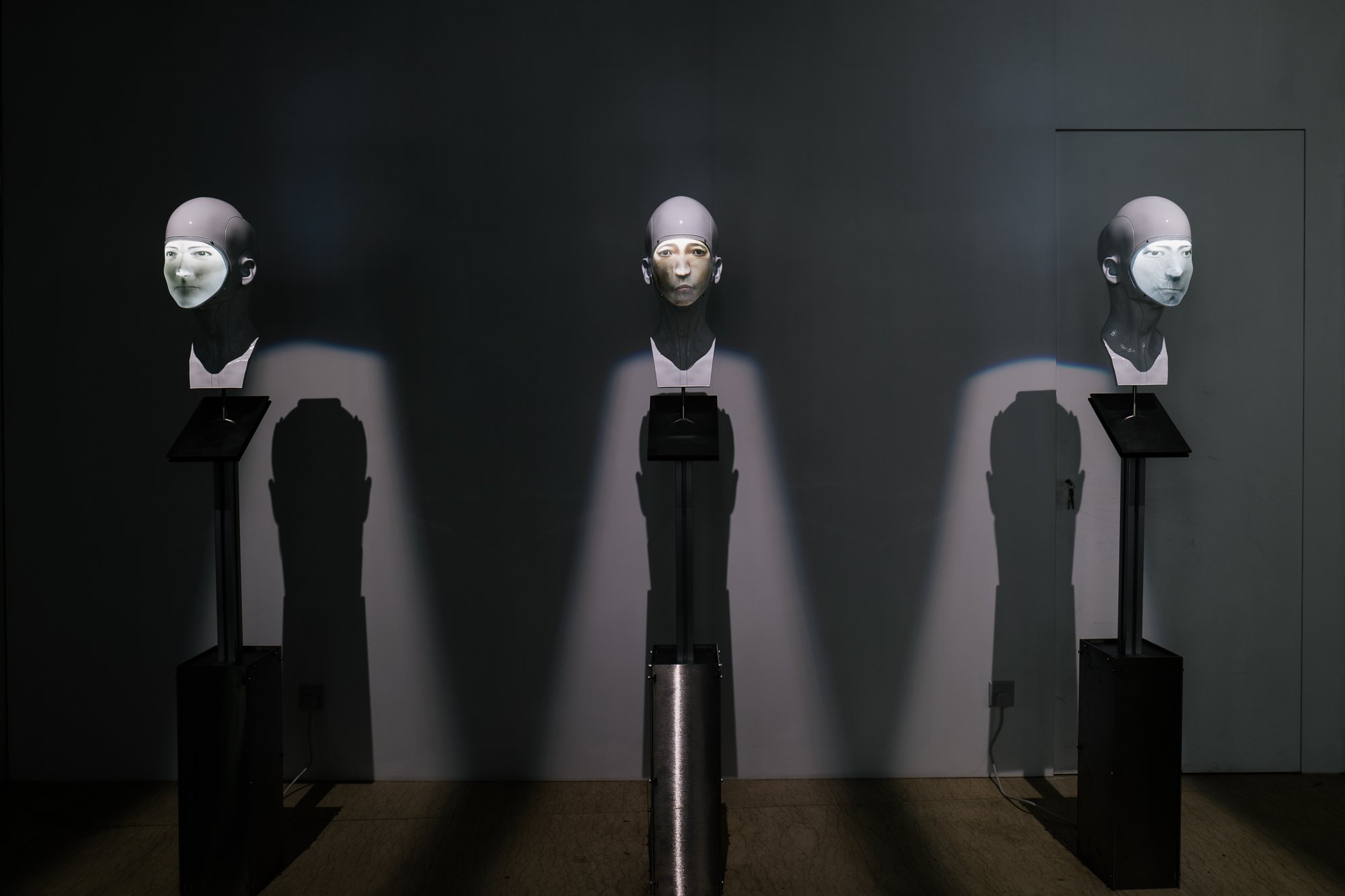


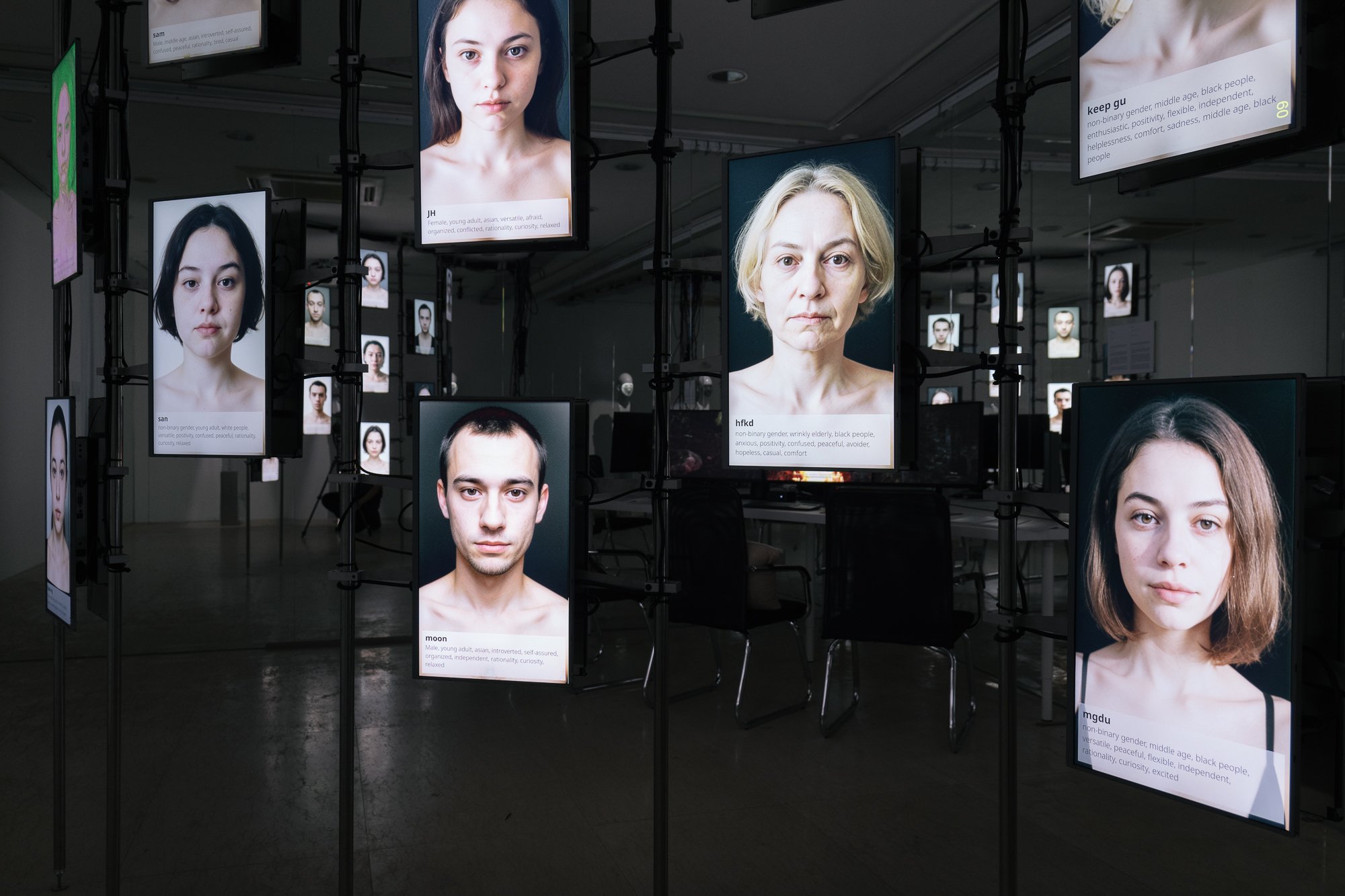


Dwelling on the Cloud
When was the last time you looked up at the clouds? Cloud is everywhere: in classical landscape painting, in modern photography, in satellite weather images, and in the album of your smart phone.
As an essential object of observation, clouds have never been absent from the development of meteorology and the process of modernisation more broadly. This exhibition uses cloud as a clue to contemporary life and its contradictions, tracking it as we move, with the rapid development of science and technology, from cloud (formation) as object of research to cloud (computing). Promising clarity but bringing, at the same time, information overload and chaos, dwelling on the cloud may help us find a way forward.
Chapter 1 Dwelling Poetically
When you gaze up at the clouds, your eyes drawing you in to a moment of silent contemplation, have you ever found the freedom to let yourself wander around the sky? The poet Friedrich Hölderlin once said, "full of merit, yet poetically, man dwells on this earth". When we gaze at the clouds, we get a chance to fly away from worldly affairs. It becomes possible to poetically dwell on, in, or through the cloud.
Chapter 2 The Arrival of Rationality
The observation of clouds has advanced meteorology and greatly improved the convenience of life in contemporary society. The technological innovations brought about by the development of society have further allowed human to continually enhance the depth of observation of clouds
In 1803, English pharmacist Luke Howard classified and named clouds for the first time on his essay on the modification of clouds, thus opening an era of rational understanding of clouds, leading to the development of meteorology.
The Crimean War in 1850s, in which the French fleet was engulfed by a storm in the Black Sea, led to the birth of the world's first modern weather observation system based on weather stations.
English mathematician Lewis Fry Richardson (1881-1953) tried to predict the weather by means of differential equations, and proposed the principle of weather map calculation. His inventions of meteorological instruments were later used by the British Air Force for the delivery of poison gas in wars.
In order to solve the complex mathematical calculations in weather forecasting, German mathematician John von Neumann (1903-1957), the “Father of Modern Computers”, proposed and solved the problems in computer programming, bringing the capability of computers to a new level and paving the foundation for the realisation of cloud computing nowadays.
Human activities also lead to the creations of different artificial clouds, such as the mushroom clouds from explosions, clouds from heat emitted by factories, and clouds from aircraft contrail…etc.
Climate change brought by social development has also made extreme weather more frequent and the observation of clouds more difficult to implement. The technological progress of modern society does not seem to lead people to a brighter world, but rather to a new dark age covered by heavy fog.
Chapter 3 The Expulsion of the Other
Nowadays, the term cloud has further constituted a central metaphor in the internet world — a global system that possesses and stores all kinds of information resources, an all-encompassing and borderless domain.
While the social networking in the cloud gradually takes over every moment of our lives, the hustle and bustle makes us experience a deeper sense of loneliness. As the intimacy of the physical world gradually gives way to the virtual exchange of information in the internet world, what disappears is the genuine sense of sight, sound, and touch. People can virtually link up without boundary, yet they can no longer truly connect with each other.
On the other hand, the closed space constructed by the cloud gradually makes other people disappear from us. Information cocoons, echo chambers... people gradually enter a world where there are only similarities but no differences, only subordination but not dissent. In the cloud, the virtual social networking over expands and becomes extremely transparent. We seem to eliminate distances, but we fail to create closeness. We continuously connect with the world, yet no relationships are built. In a world full of what philosopher Byung-Chul Han described as “the Violence of the Same”, we fall into a state of deep loneliness after the loss of the Other. We connect in the cloud, but are isolated from the other.
When can we step out from the clouds, return to the earth, and dwell poetically again?
Organiser
LTNP Group
Coorganiser
Ugly Duck London
Curated by
LTNP(Wenwen Zhao, Chan Chang, Yutong Cai, Qiao Zhang)
Alex Long Yuan, Analu Cunha, Benedict Seymour, Charles Nyiha, David Koh, Duong Thuy Nguyen, Haoyu Ye, Hyemin Gil, Jester philosopher Jorge Jobim, Jiao Shi, Pok Yin Lam, Laureta Hajrullahu, Marcia Thompson, Paul Stephenson, Sai Li, Tete de Alencar & Felipe Vasconcellos, Xun Chen, Xinran Liu, Yen-Hsu Chou, Yilin Zhang, Yuying Huang, Zishi Han
Artists
Preview
24 Nov 2022, 5 – 9pm
Public View
25 – 27 Nov 2022, 11am – 6pm
Location
Ugly Duck, 47-49 Tanner Street, SE1 3PL
